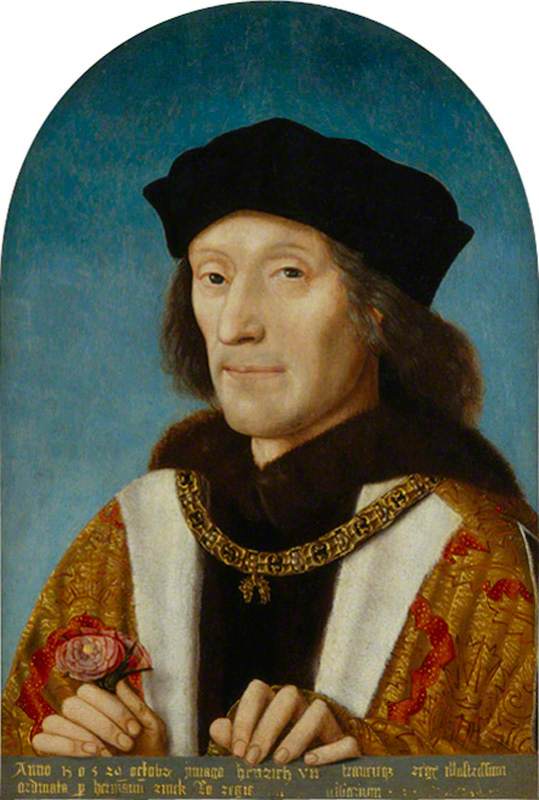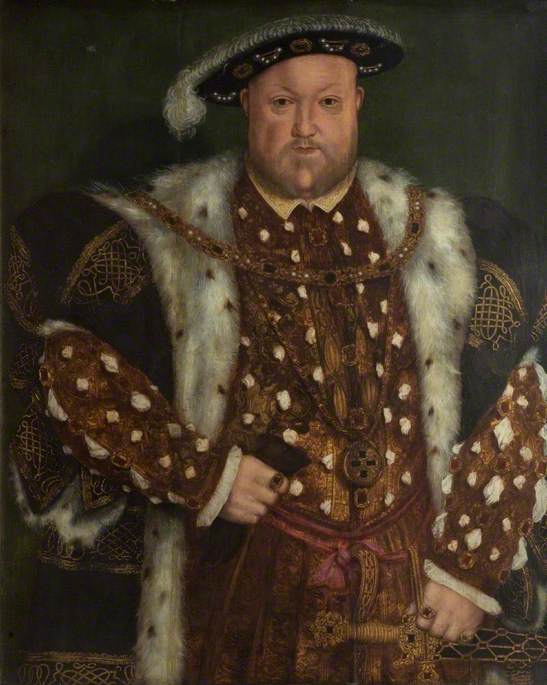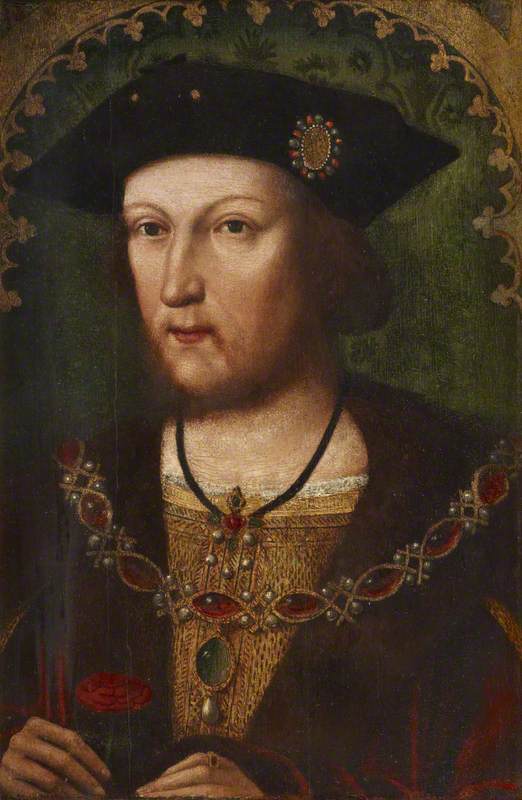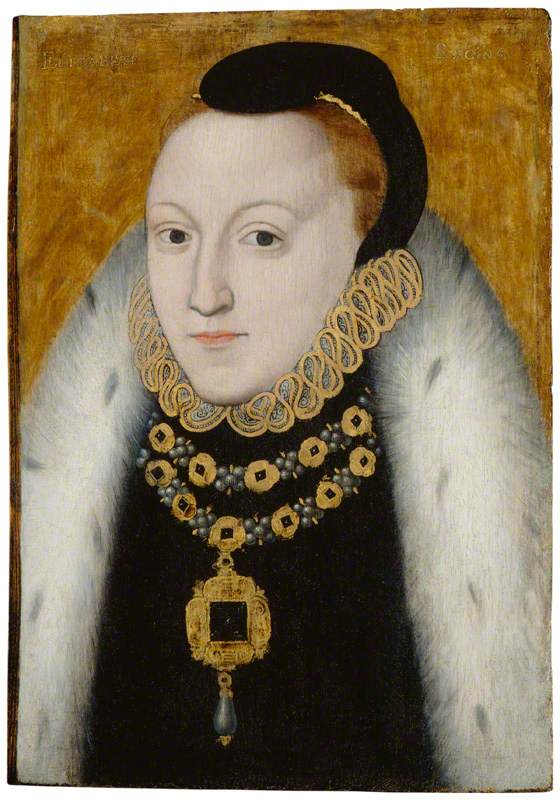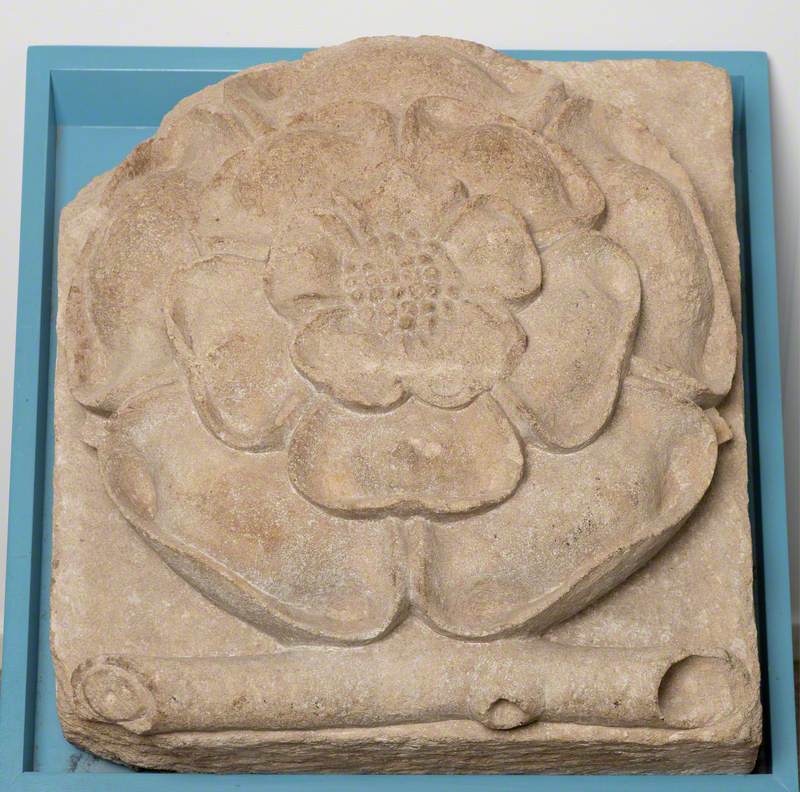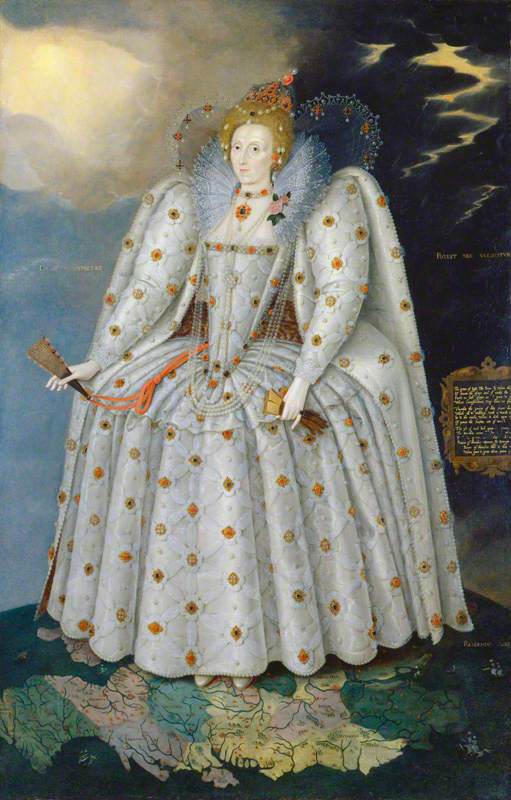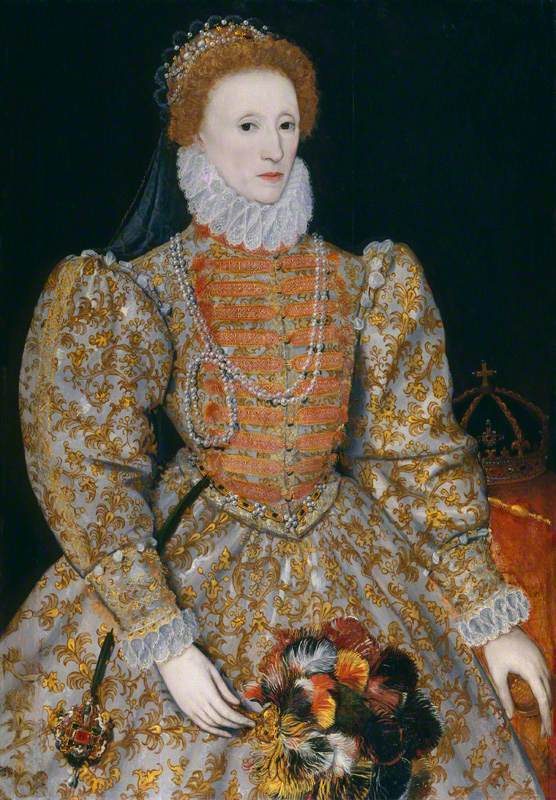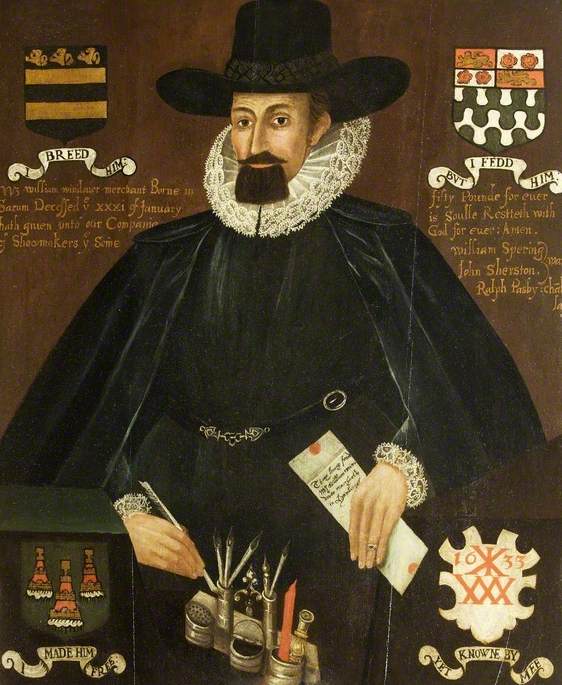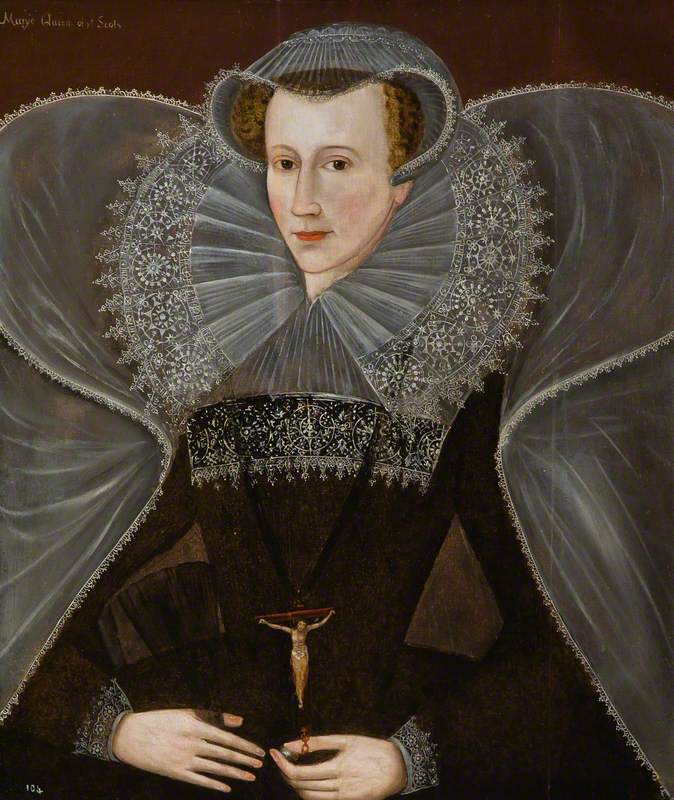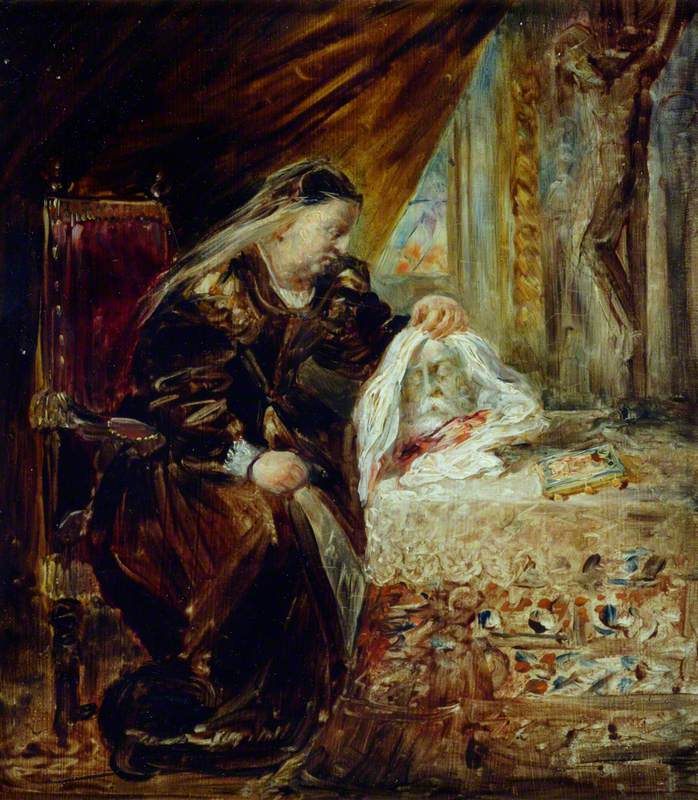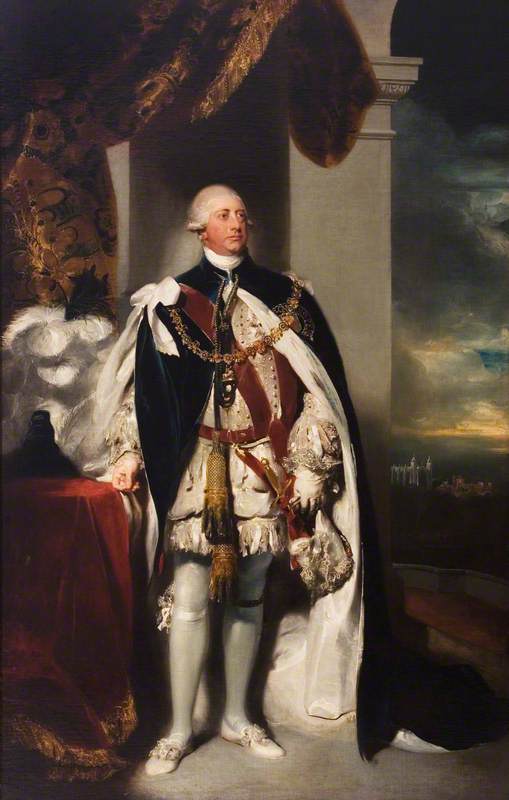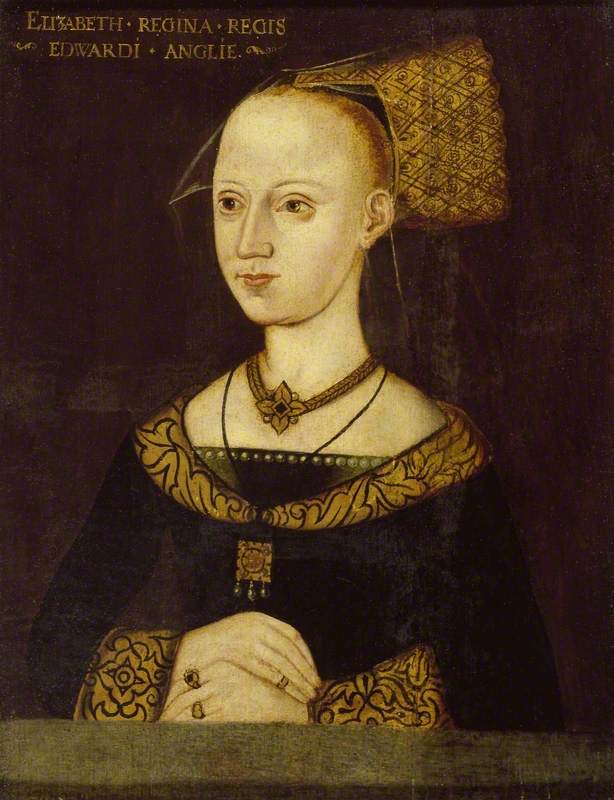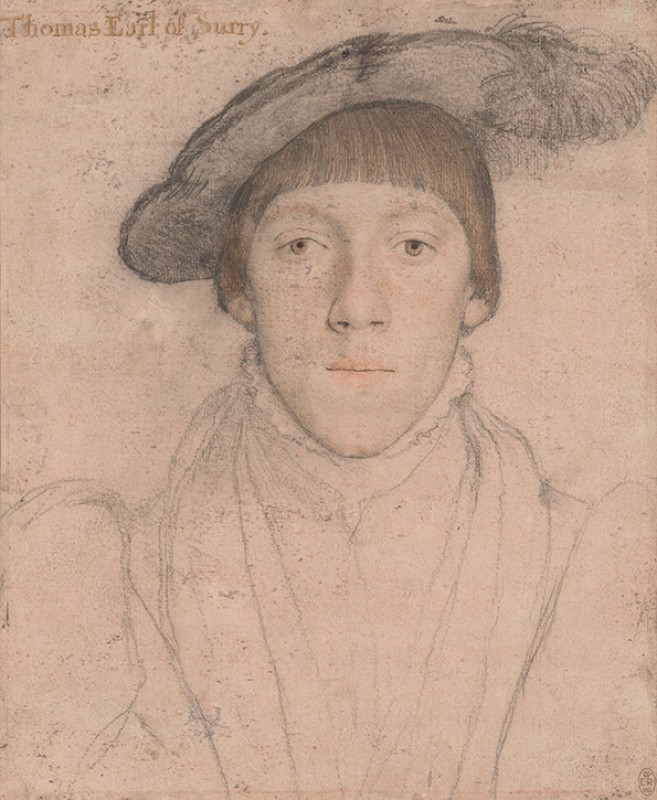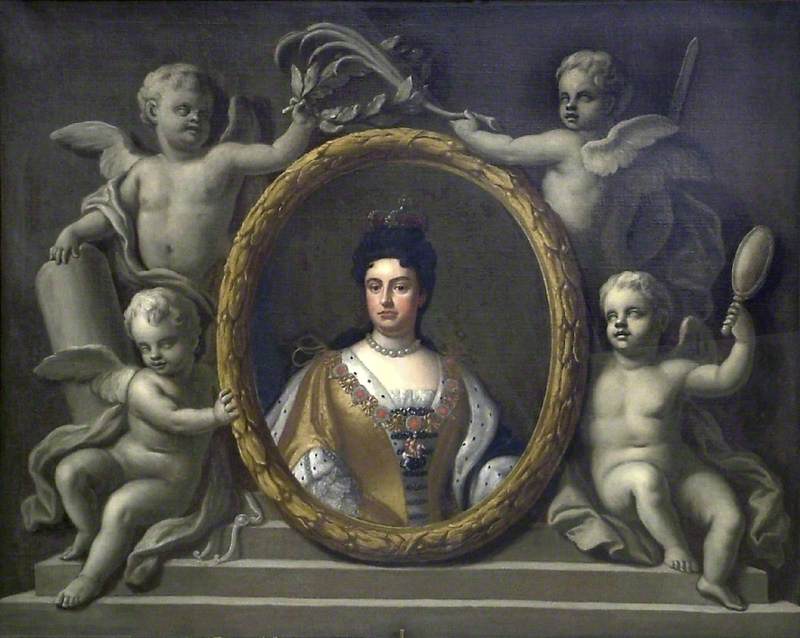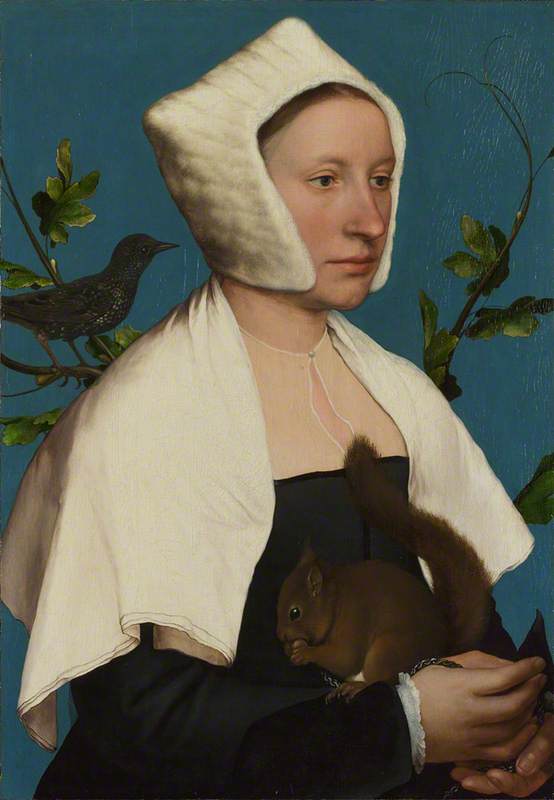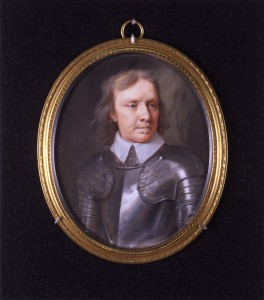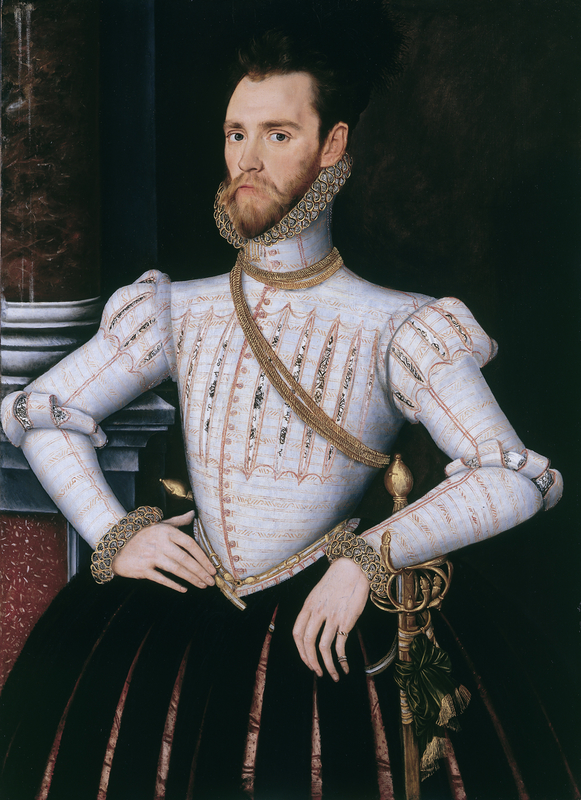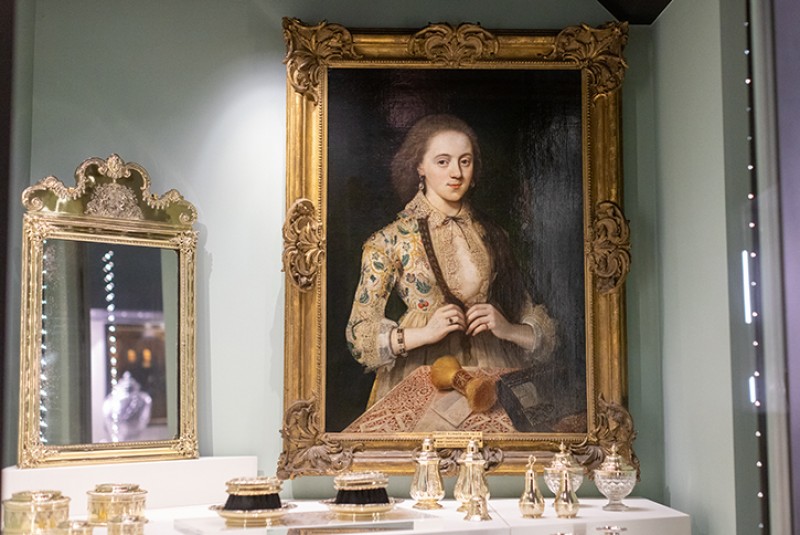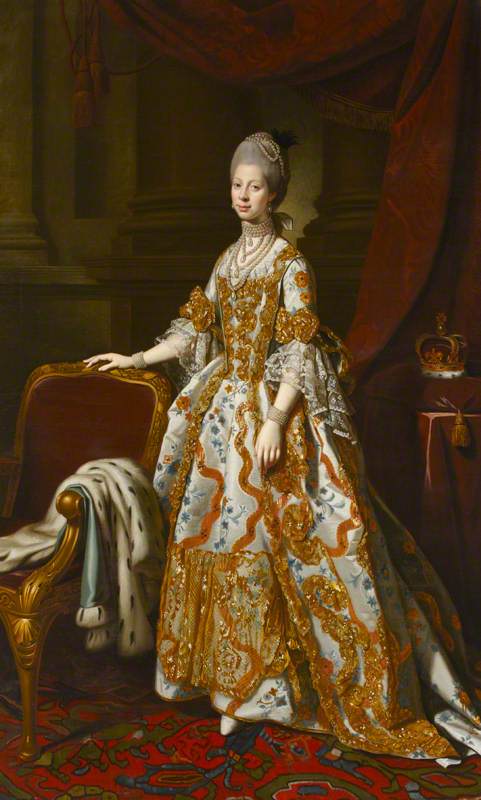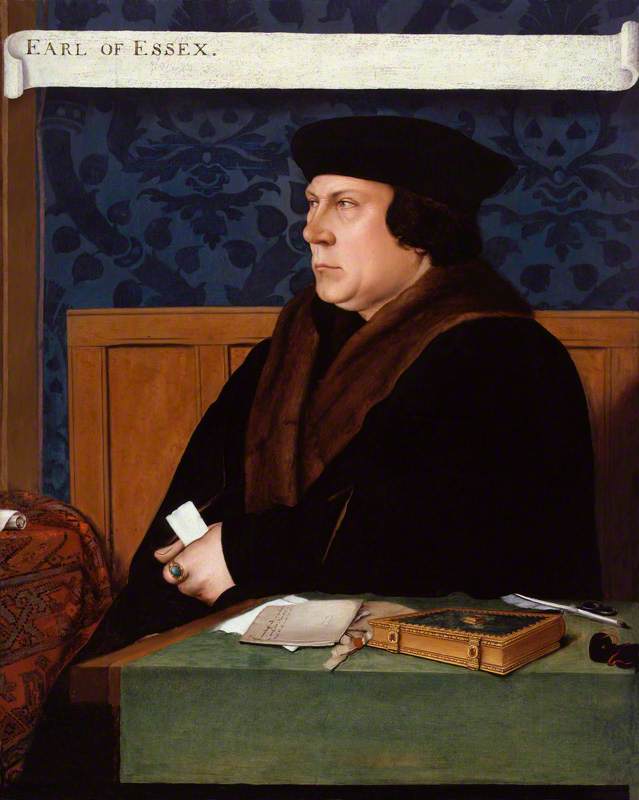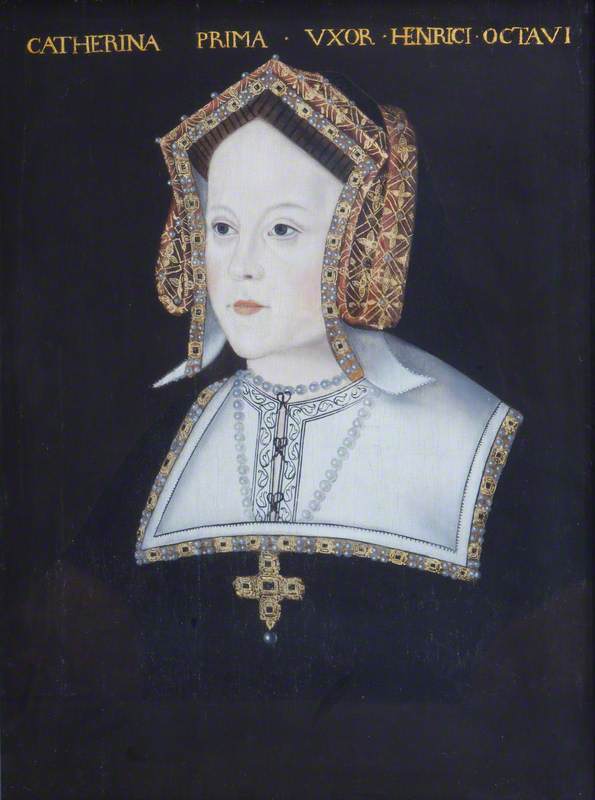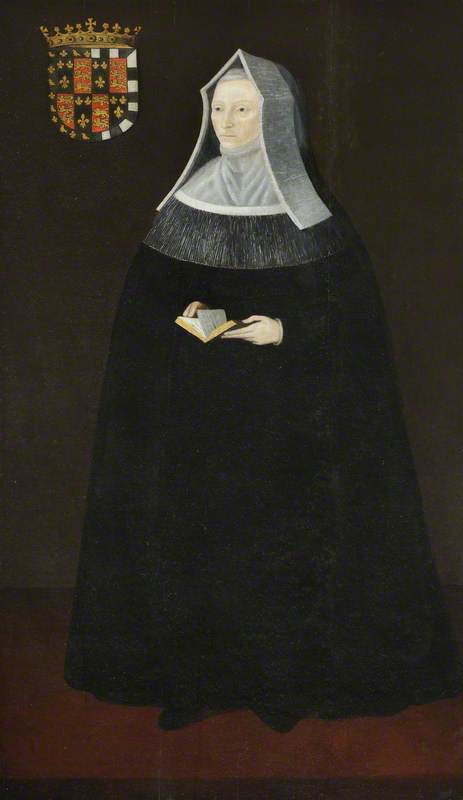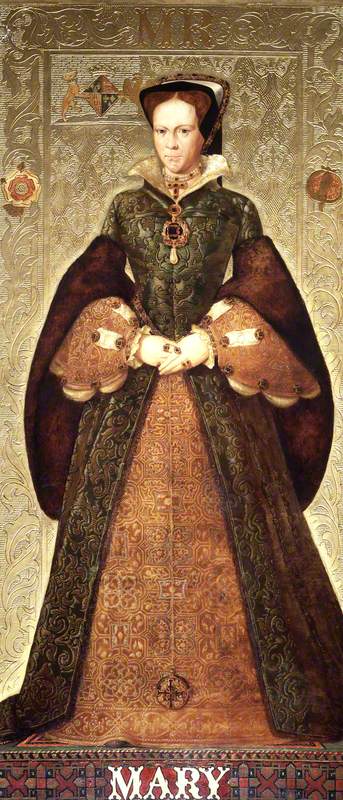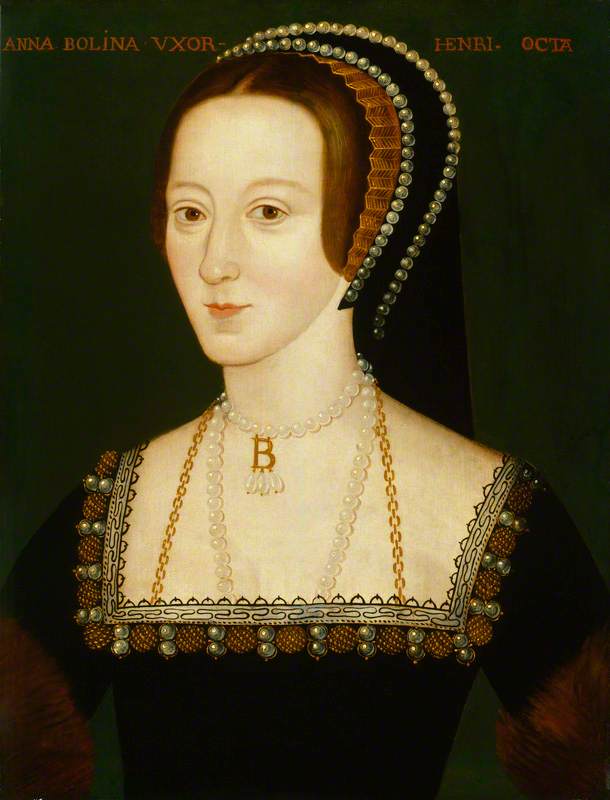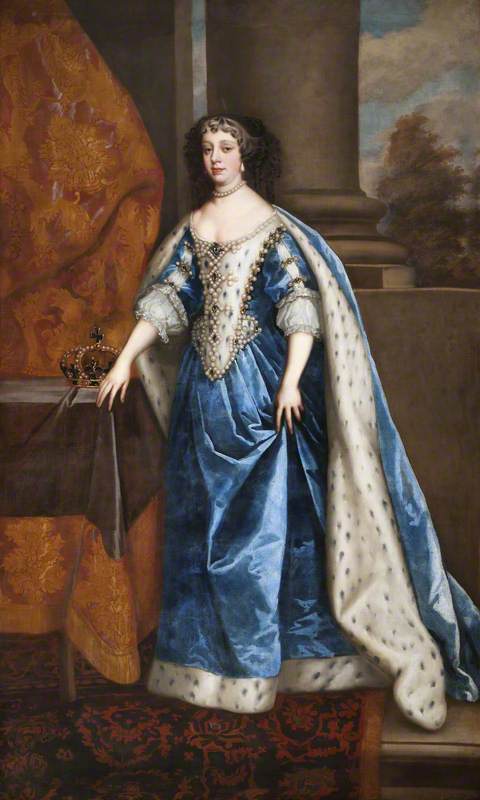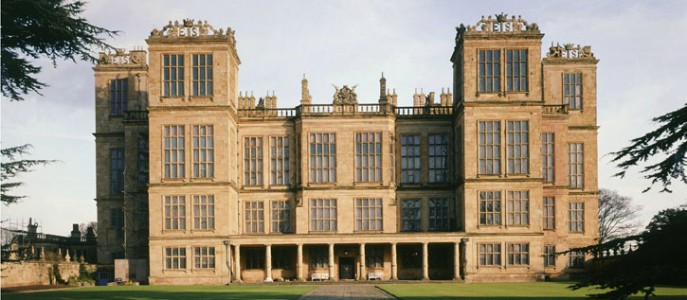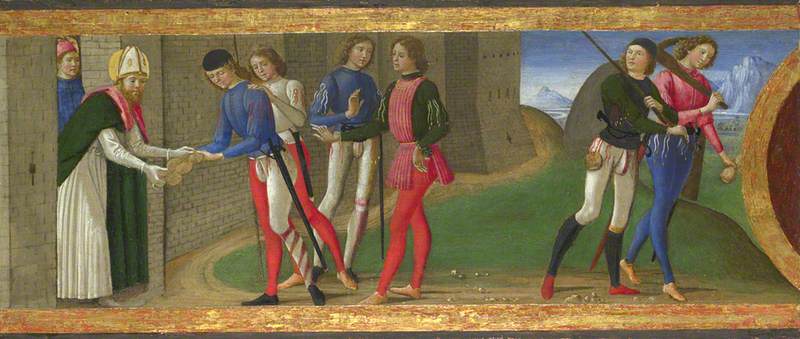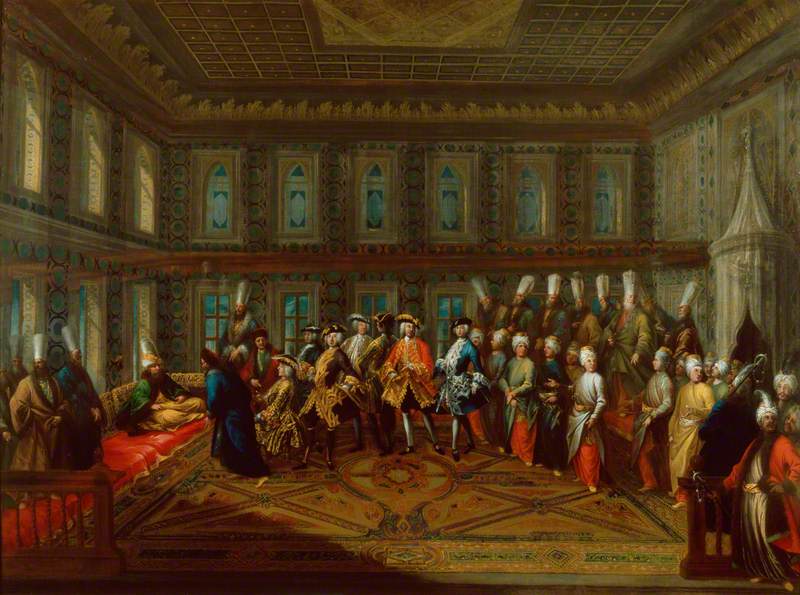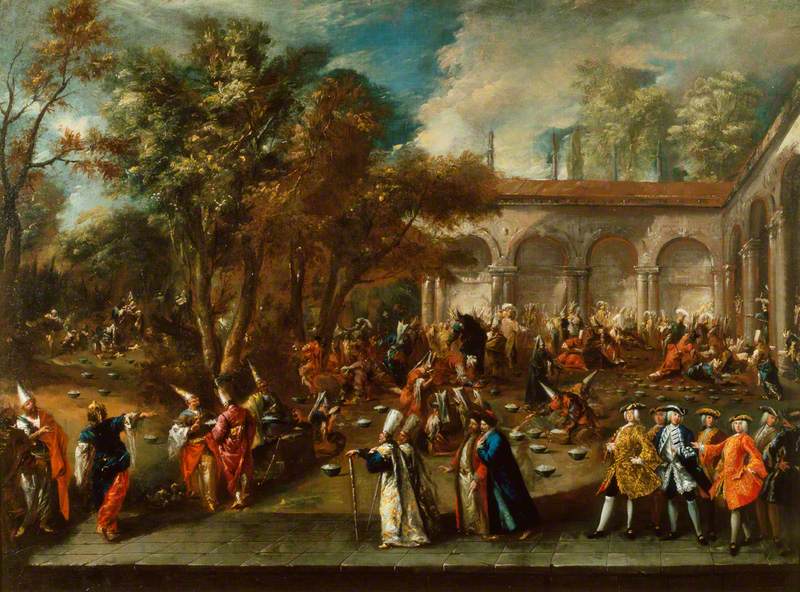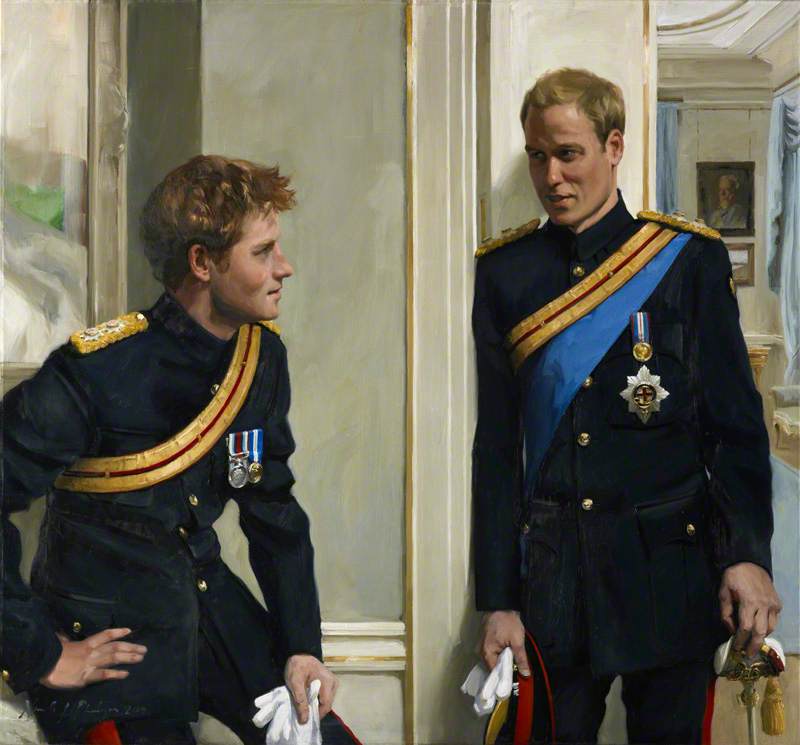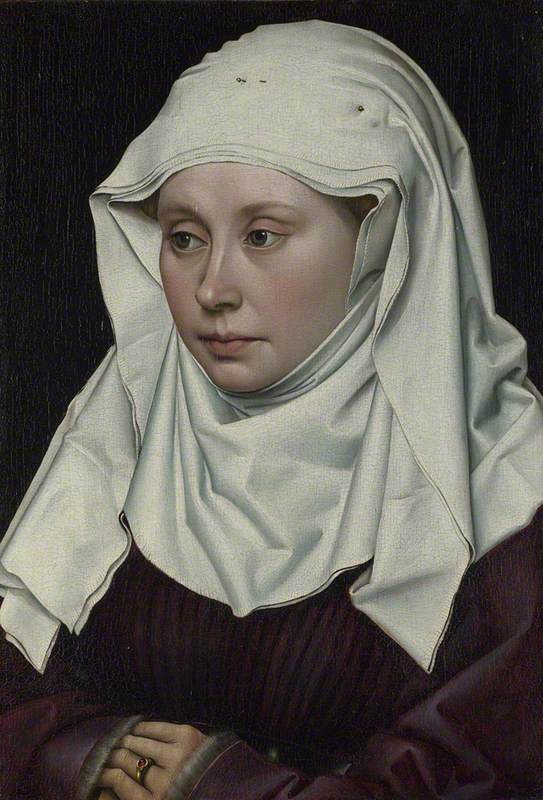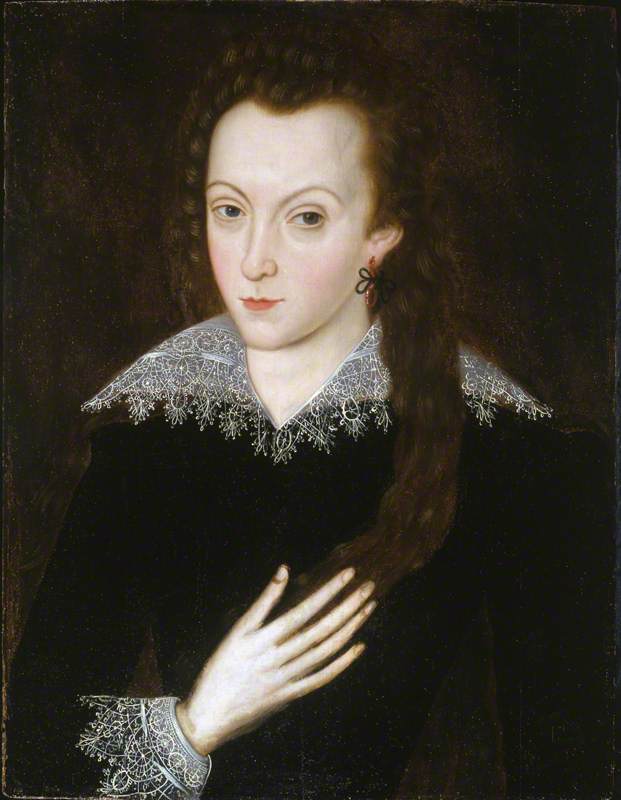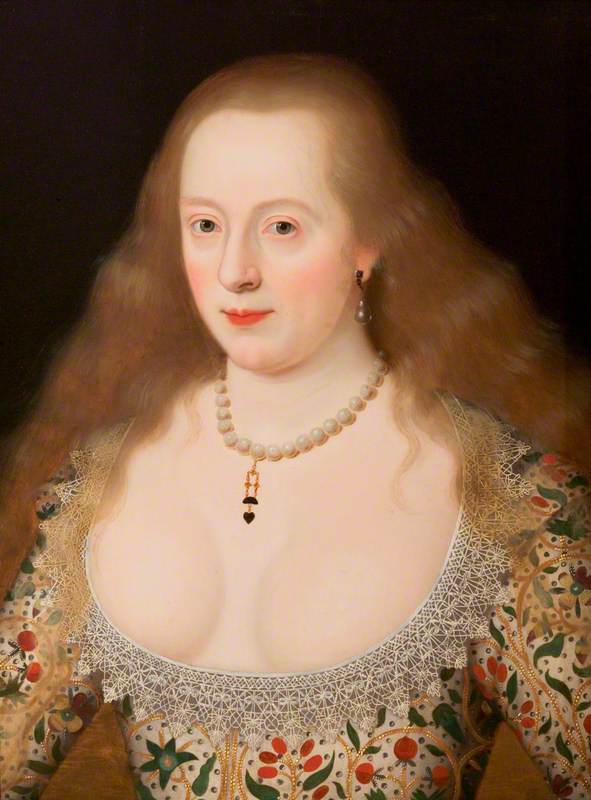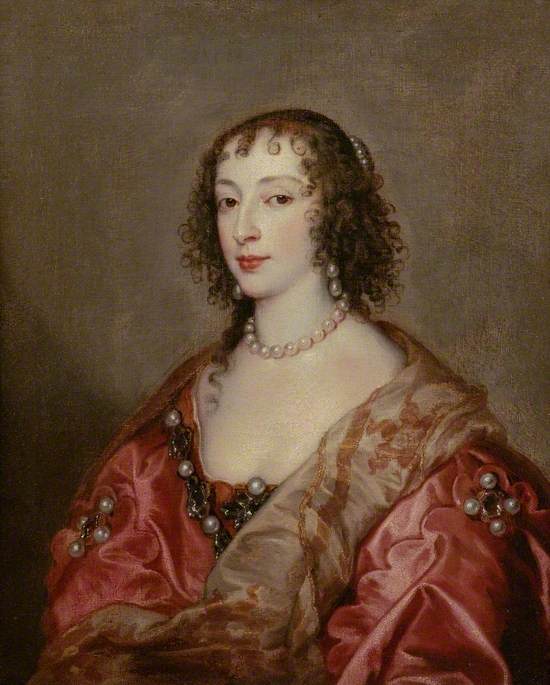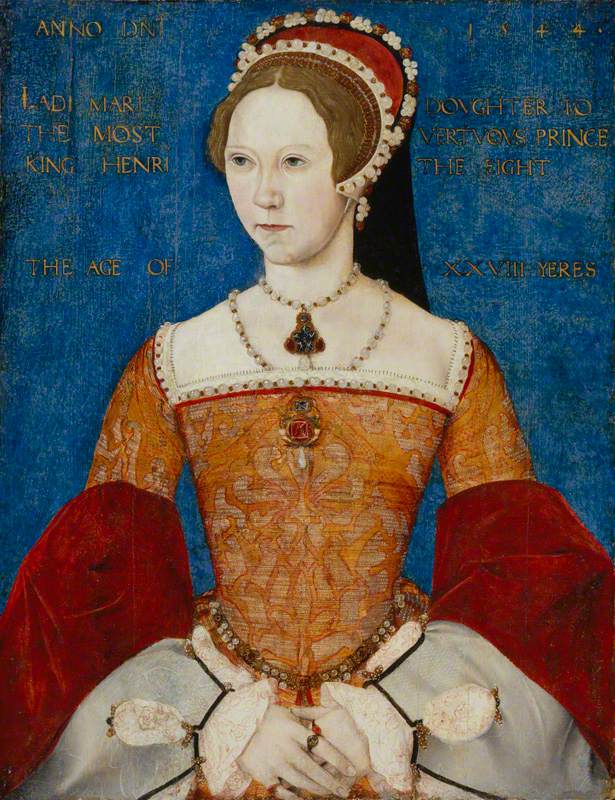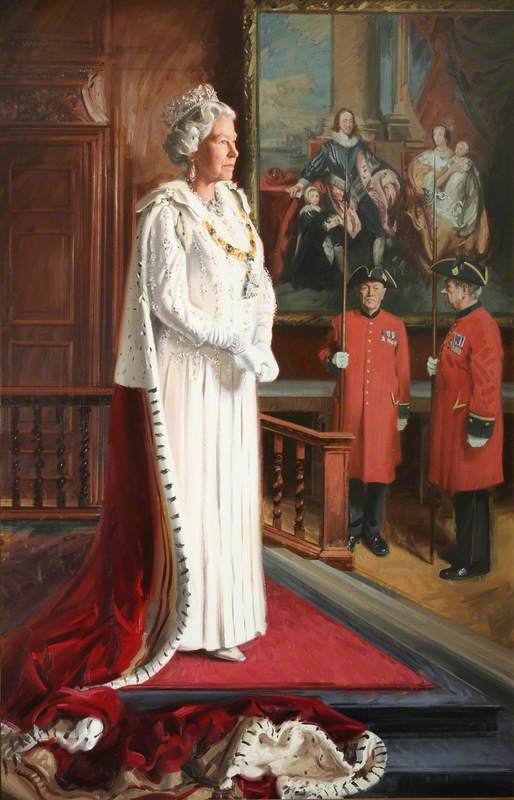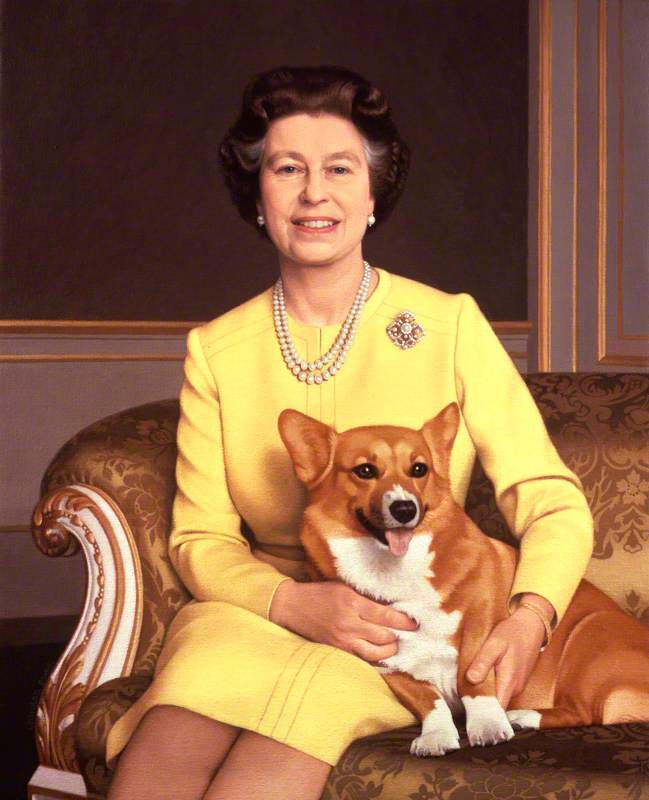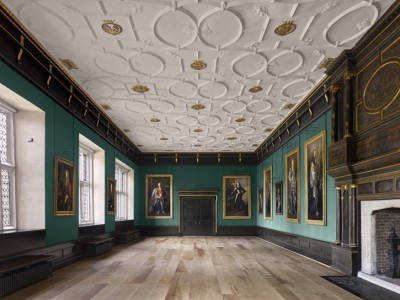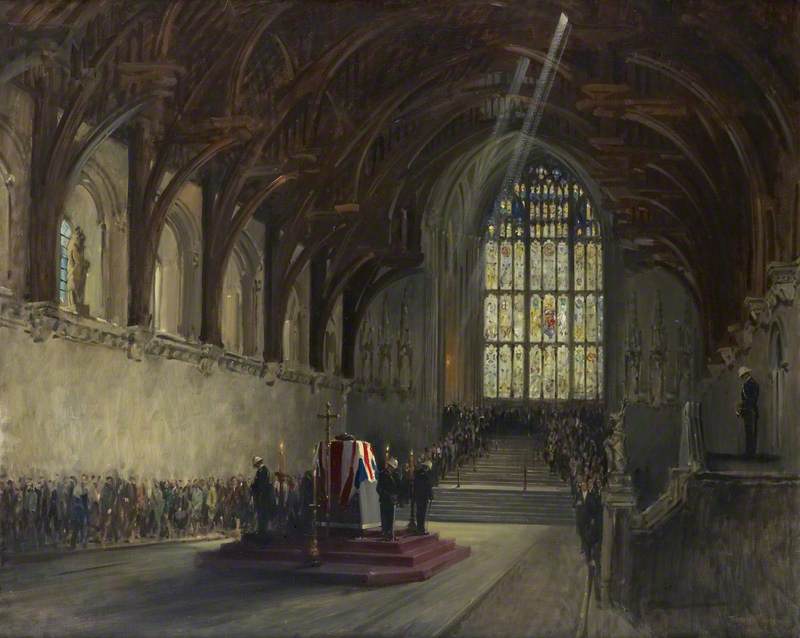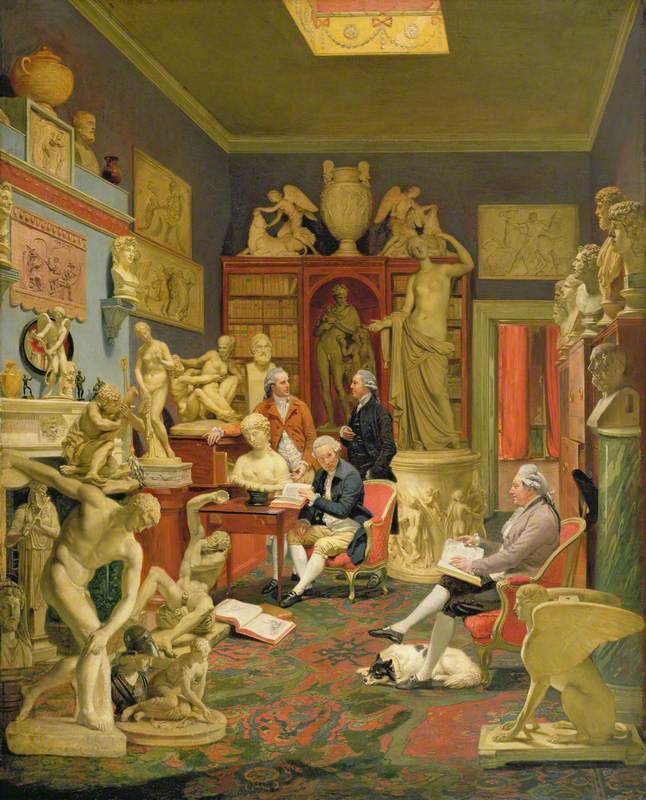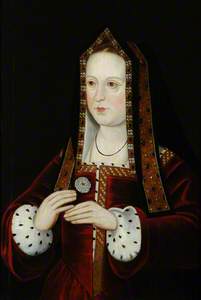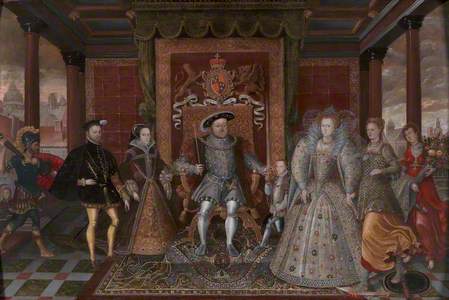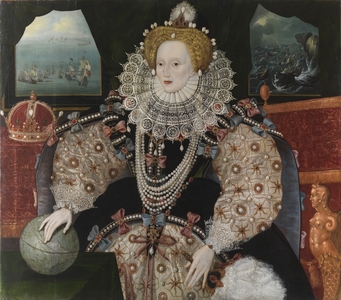On 17th November 1558, Mary I of England died, possibly from ovarian cysts or uterine cancer, leaving Elizabeth, her half-sister, heir to the Tudor throne. The daughter of Anne Boleyn, the future queen was seen by many to be illegitimate. She was the last Tudor queen, the last of her dynasty, and the one who did not secure the line.
The Tudors were, in fact, only a marital alliance between two other dynasties: the House of Lancaster (represented by Henry Tudor, Henry VII of England) and the House of York (represented by Elizabeth of York, queen consort of England).
Elizabeth of York (1466–1503), Queen Consort of Henry VII
16th C
British (English) School 
For many historians, the Tudor dynasty really started with Henry VIII, who is often seen as the main symbol of the Tudors, his face and stature being so easily recognised by most English people. Henry had one mission – securing the line with a male heir – and nothing else mattered: not his wives nor his councillors, who suffered from the decisions he made.
In many ways, his first victim was his first wife, Catherine of Aragon, who failed to give him a son and instead gave birth to a daughter, Mary.
When Henry determined to cast her away from court and divorce her, Catherine was said to have begged the king to change his mind. In the portrait below, painted in the nineteenth century, the viewers can see Catherine's despair and humiliation at court. Centuries after, Catherine is still remembered as one of Henry's victims.
Henry VIII and Catherine of Aragon before Papal Legates at Blackfriars, 1529
1910
Frank O. Salisbury (1874–1962) 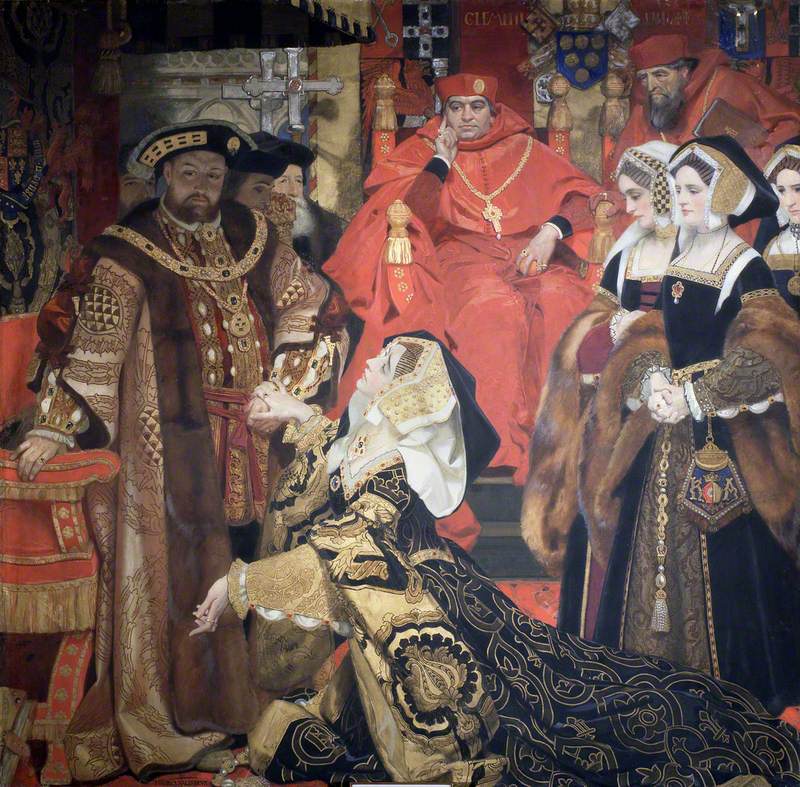
In the end, Henry had his son: the future Edward VI of England. Crowned at the age of nine, he was a young king whose likeness to his father was striking – in the portrait below, Edward resembles a younger version of Henry VIII.
Edward VI (1537–1553)
1558–1567
Hans Eworth (c.1520–after 1578) (studio of) 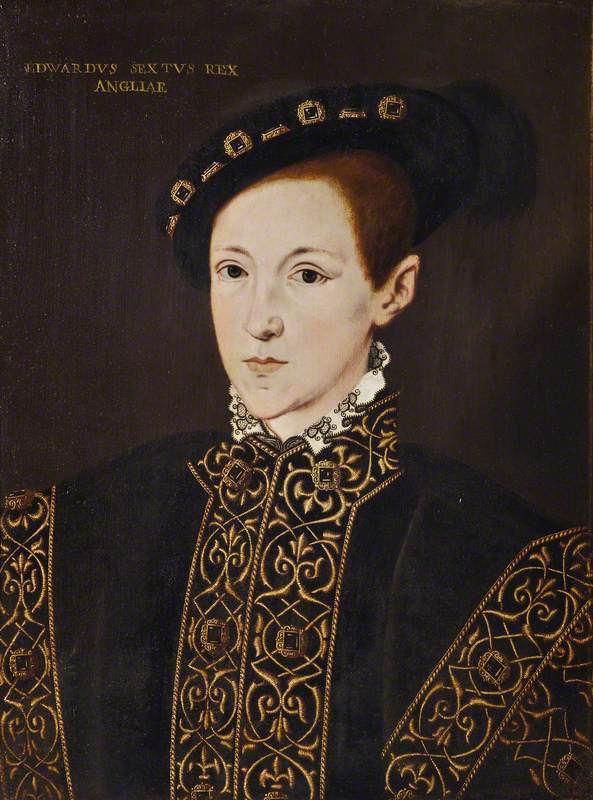
Edward's portrait is a far sterner one than his father's, but this can be explained by the fact that they were of different faiths. Edward was a Protestant king while Henry remained a Catholic, albeit an 'Anglican Catholic', and was in many ways more flamboyant than his son.
Despite all Henry's efforts to secure the line with a male heir, Edward died before pursuing his duties as king and man. His two sisters, Mary and Elizabeth, would both be next in line.
Mary, Henry's eldest daughter, was also determined to produce an heir. In 1554 she married her cousin, Philip II of Spain, yet she remained the one in charge of England and ruled for five years. Her portrait also reminds the viewer of her father's. After all, Tudor blood was in her veins.
Mary I (1516–1558) (Mary Tudor)
Antonis Mor (1512–1516–c.1576) (after) 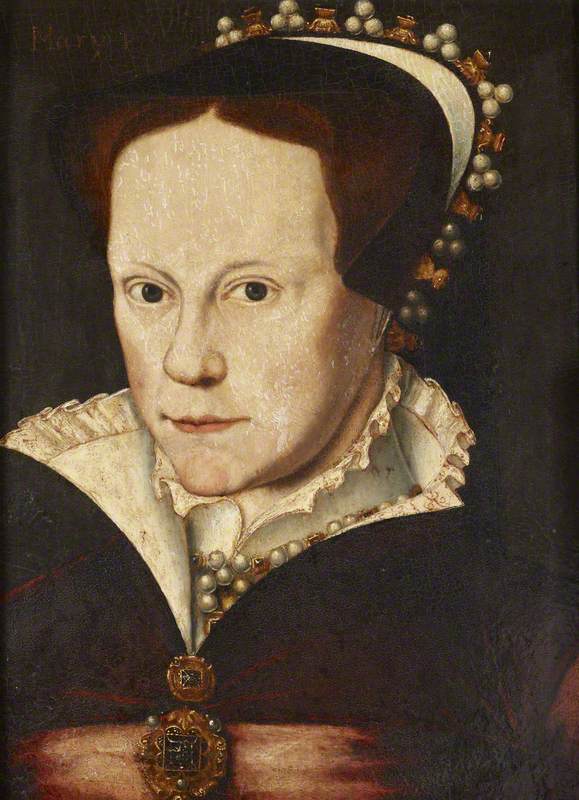
Mary died on 17th November 1558 without an heir, making her sister Elizabeth next in line. Now, the question of succession had never been so urgent. Two Tudor monarchs had died without an heir, and Elizabeth was 25 and still unmarried.
For decades, questions of the marriage and succession dominated parliamentary sessions and court life.
In a rare portrait of Elizabeth at the beginning of her reign (early 1560s), viewers can still see the resemblance to all her predecessors, though she is also somehow a rather austere figure – in other words, it wasn't a very welcoming portrait to send to potential suitors.
In all these portraits, the viewers can recognise the Tudor features; it is clear they are all from the same dynasty and no one could doubt that they all shared the same blood. Even though the Tudor dynasty came to an end in 1603 with the death of Elizabeth I, the Tudors are one of the most remembered dynasties in history, both in England and abroad. They shaped English identity through religious reforms, but also through strong symbols such as the Tudor Rose, which brought together the red rose of the Lancastrians with the white rose of York.
17th November 1558 was the last time that a Tudor acceded to the English throne. Around 1600, before Elizabeth's death, knowing that the queen was the last Tudor, the well-known Coronation Portrait was painted as a way to remember her accession. Today, tourists and fans of the Tudors can see it at the National Portrait Gallery in London, where it shows its true beauty and magnificence.
Queen Elizabeth I
(copy after an original of c.1559) late 16th C/early 17th C
unknown artist 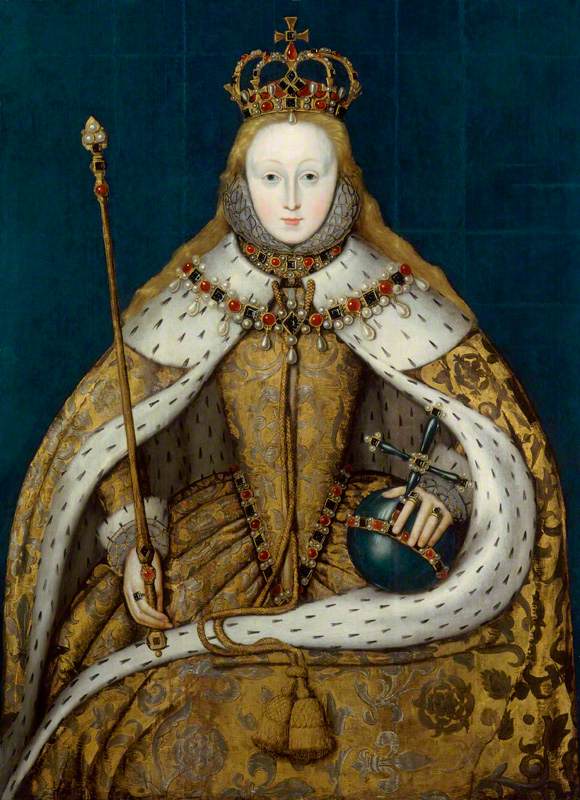
The queen is depicted wearing the cloth of gold that she presumably wore at her coronation on 15th January 1559, this garment being the same one worn previously by Mary I for her own coronation. Elizabeth is also seen holding the orb and sceptre, symbols of her royal authority. But, more than her authority, Elizabeth was obsessed with proving her legitimacy.
The Family of Henry VIII: An Allegory of the Tudor Succession
c.1572
Lucas de Heere (c.1534–1584) 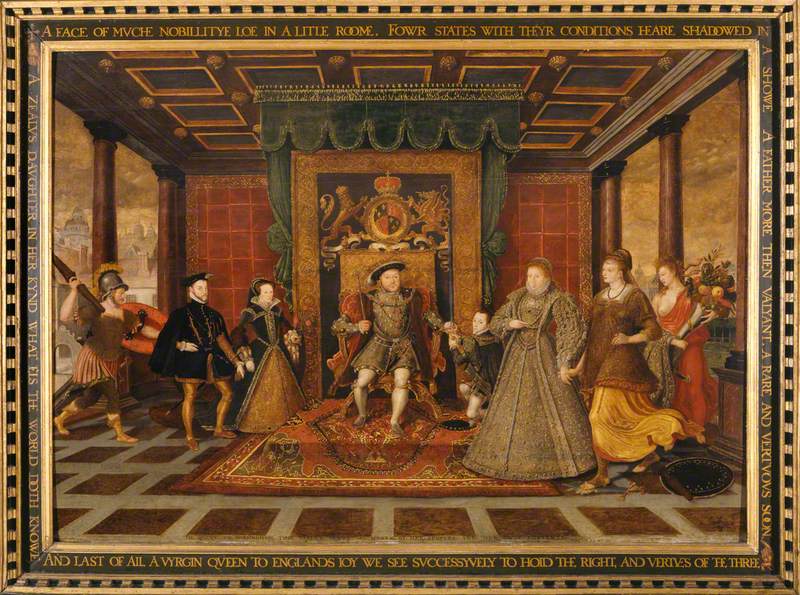
This group portrait, which represents an allegory of the Tudors, was a gift from Elizabeth to Sir Francis Walsingham and it is believed to have been painted around 1572 by the Dutch artist Lucas de Heere (c.1534–1584). In the painting, her father (Henry VIII), her brother (Edward VI, next to him), and her sister, Mary, with her husband (Philip, on the other side of the frame), all are reunited to support Elizabeth's rule and authority as queen of England.
Elizabeth is positioned centre stage of this allegory – holding the hand of Peace and followed by Plenty. Both Peace and Plenty are portrayed as women while War, on the other side of the portrait, next to the Catholic royal couple, is a man. Not only does Elizabeth assert her legitimacy, but she also invokes the idea of justice and temperance, representing stability and prosperity.
All around the painting, one can read:
'A face of muche nobillotye loe in a little roome fowr states with theyr conditions heare shadowed in a showe. A father more then valiant, a rare and virtuous soon. A zealous daughter in her kind what els the world dothe knowe and last of all a Vyrgin Queen to Englands joy we see successfully to hold the right and vertues of the three.'
In the 1590s, this allegorical portrait was reproduced by an unknown artist.
An Allegory of the Tudor Succession: The Family of Henry VIII
c.1590
unknown artist 
It is set at the end of Elizabeth's reign, so her dress has changed. She is no longer a mere Tudor queen who sought to defend her legitimacy as queen of England. She is Gloriana, the Faerie Queene, the Virgin Queen who has done the impossible – defeat the Spanish Armada in 1588 – and whose reign continues to bring prosperity and stability to her people and country.
Despite the Tudor monarchs (except for Elizabeth) being obsessed with securing the line, the Tudor dynasty ended with Elizabeth, who did not produce an heir. The five monarchs – Henry VII, Henry VIII, Edward VI, Mary I, and Elizabeth I – ruled for over a hundred years, making their mark on history and the English collective memory.
Estelle Paranque, historian and author
Further reading
Charlotte Bolland, Tudor & Jacobean Portraits, National Portrait Gallery, 2018
Richard Rex, The Tudors, Amberley Publishing, 2012
William B. Robison, History, Fiction, and the Tudors: Sex, Politics, Power, and Artistic License in the Showtime. Television Series, Palgrave Macmillan, 2016
Roy Strong, The Elizabethan Image: An Introduction to English Portraiture, 1558–1603, Yale University Press, 2019
